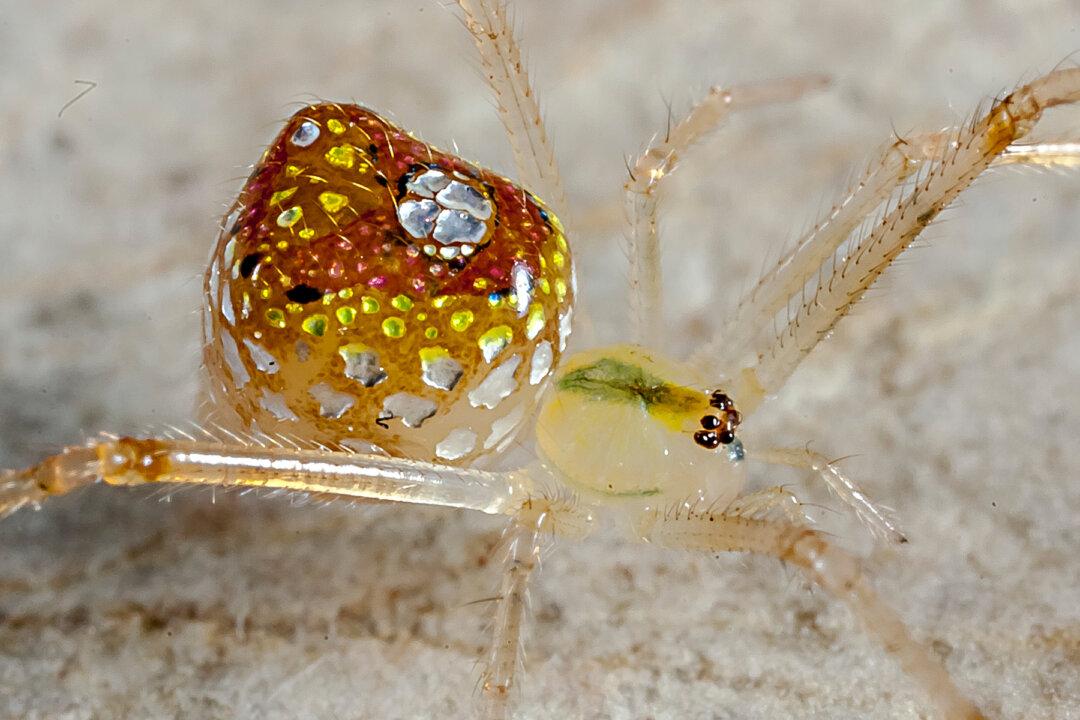The exquisitely decorated abdomen of the mirror spider may resemble a disco ball, but the special effect is not just a flashy show.
The reflective jacket covering the spider’s abdomen scatters light and confuses potential predators, making it a defense mechanism that also looks quite spectacular.





